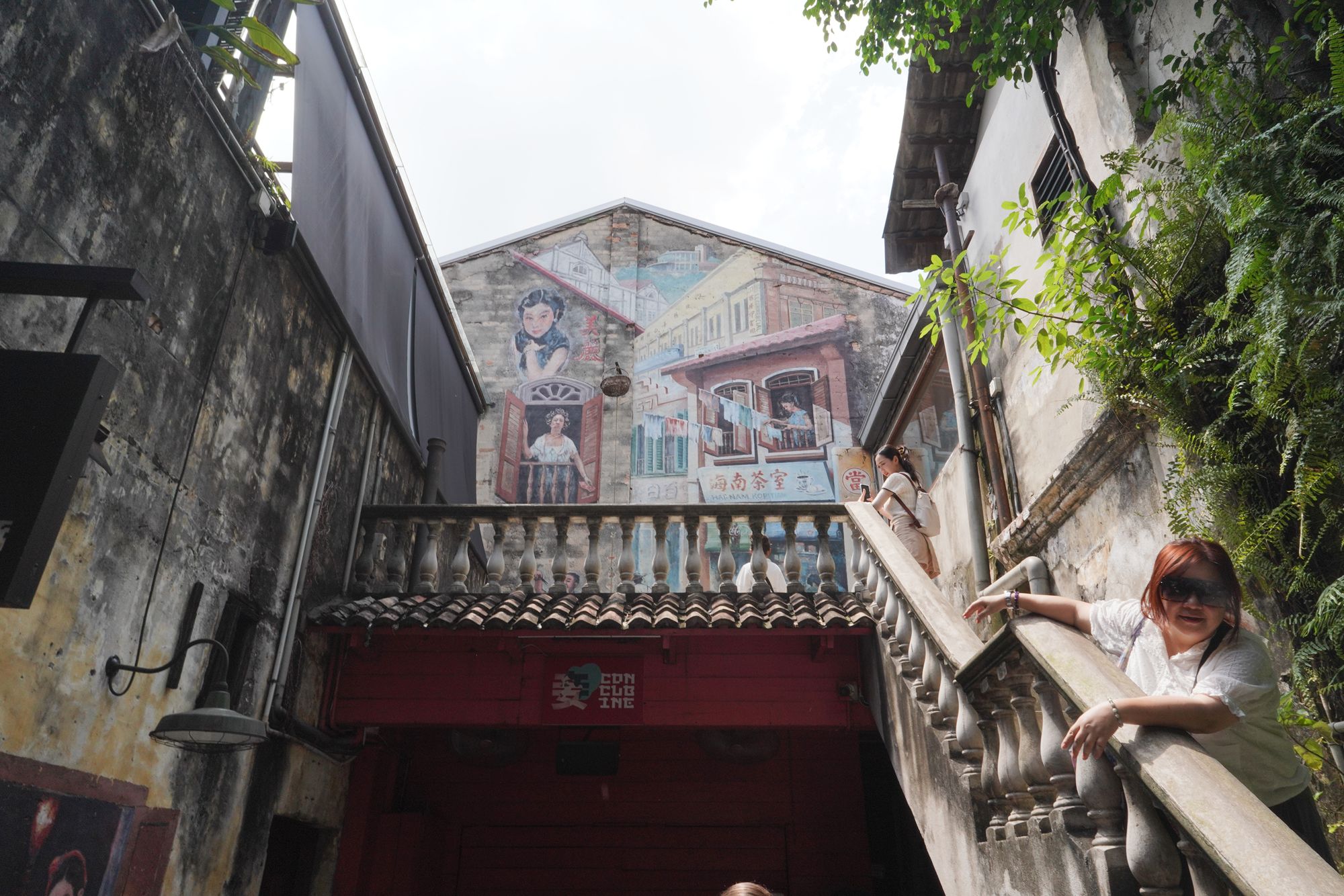Merdeka Square and Petaling Street Area, Kuala Lumpur, Malaysia
Merdeka Square is a historic square where Malaysian independence was declared. It is surrounded by colonial buildings such as the Sultan Abdul Samad Building. 951
Sultan Abdul Samad Jamek Mosque: Jalan Tun Perak, City Centre, 50050 Kuala Lumpur, Wilayah Persekutuan Kuala Lumpur, Malaysia
Sultan Abdul Samad Building: Jln Raja, Kuala Lumpur City Centre, 50050 Kuala Lumpur, Federal Territory of Kuala Lumpur, Malaysia
Merdeka Square: Jln Raja, City Centre, 50050 Kuala Lumpur, Wilayah Persekutuan Kuala Lumpur, Malaysia
Petaling Street Market: Jalan Petaling, City Centre, 50000 Kuala Lumpur, Wilayah Persekutuan Kuala Lumpur, Malaysia
Guan Di Temple Chinatown: 168, Jalan Tun H S Lee, City Centre, 50000 Kuala Lumpur, Wilayah Persekutuan Kuala Lumpur, Malaysia
Sri Maha Mariamman Temple: 167, Jalan Tun H S Lee, City Centre, 50000 Kuala Lumpur, Wilayah Persekutuan Kuala Lumpur, Malaysia
Kwai Chai Hong: Lorong Panggung, City Centre, 50000 Kuala Lumpur, Wilayah Persekutuan Kuala Lumpur, Malaysia
Date Picture Taken: July, 2024
I took a bus from where I stayed in Kuala Lumpur to Merdeka Square. On the way, I stopped at the Sultan Abdul Samad Jamek Mosque.

Built in 1909, the mosque is one of the oldest in the city and played a central role in the religious life of Kuala Lumpur’s early Muslim community.

Named after Sultan Abdul Samad, a prominent figure during the British colonial period in Malaysia, the mosque is sometimes referred to as “Masjid Jamek.”

The mosque was designed by Arthur Benison Hubback, a British architect known for his work on colonial-era buildings in Malaysia. He incorporated Indo-Saracenic, Moorish, and Mughal architectural styles, which blended Islamic design elements with colonial influences.



The mosque is an active place of worship, where Muslims gather for daily prayers, Friday sermons, and religious festivals like Eid al-Fitr and Eid al-Adha.

Out of the mosque and toward the Merdeka Square.





The Merdeka Square


Next to the Merdeka Square is this Sultan Abdul Samad Building.

The building inside was closed to the public, but the outside was opened.

Back side

Next to the Sultan Abdul Samad Building is the Klang River.

The Sultan Abdul Samad Jamek Mosque is across the river


The back of the Sultan Abdul Samad Building.


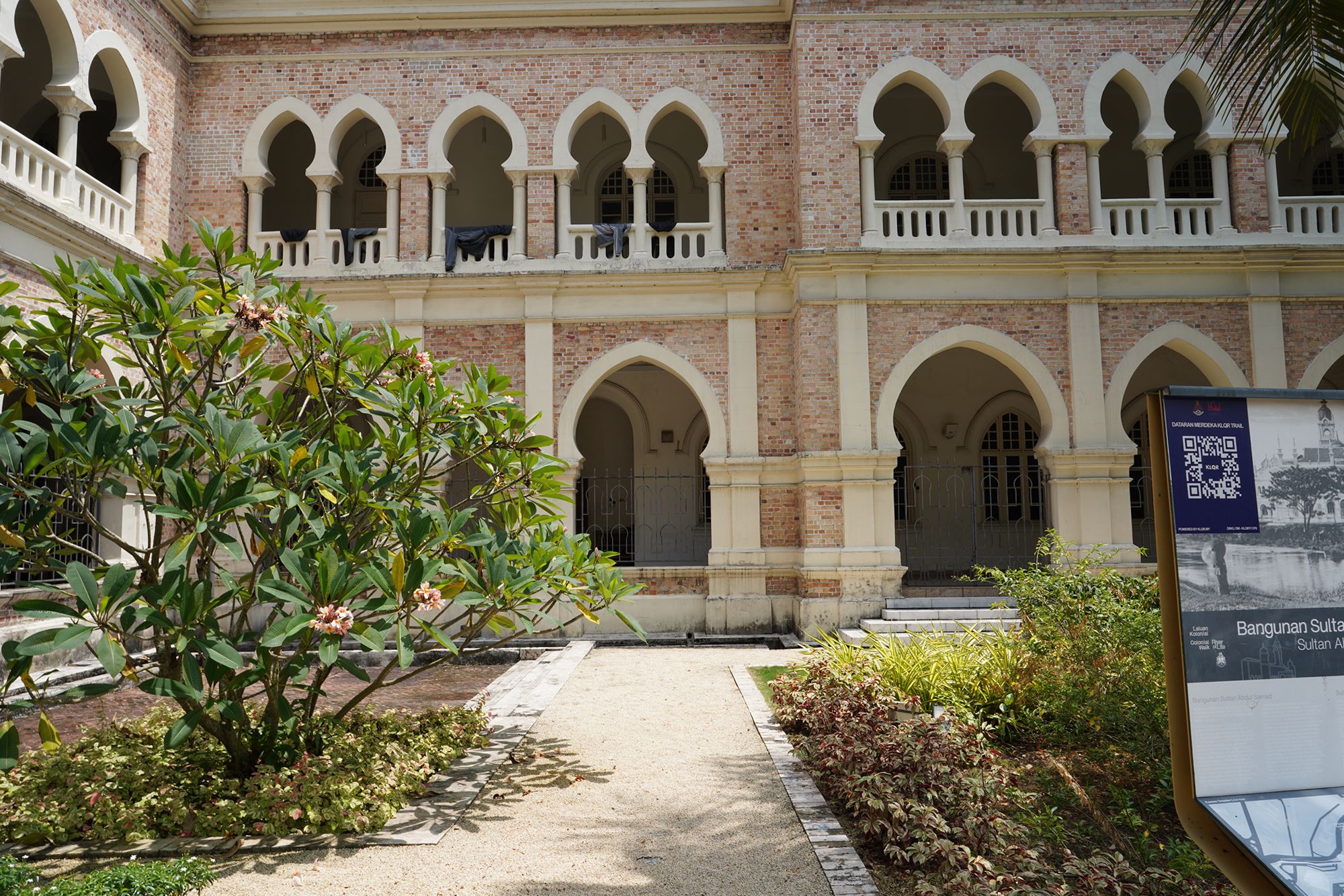
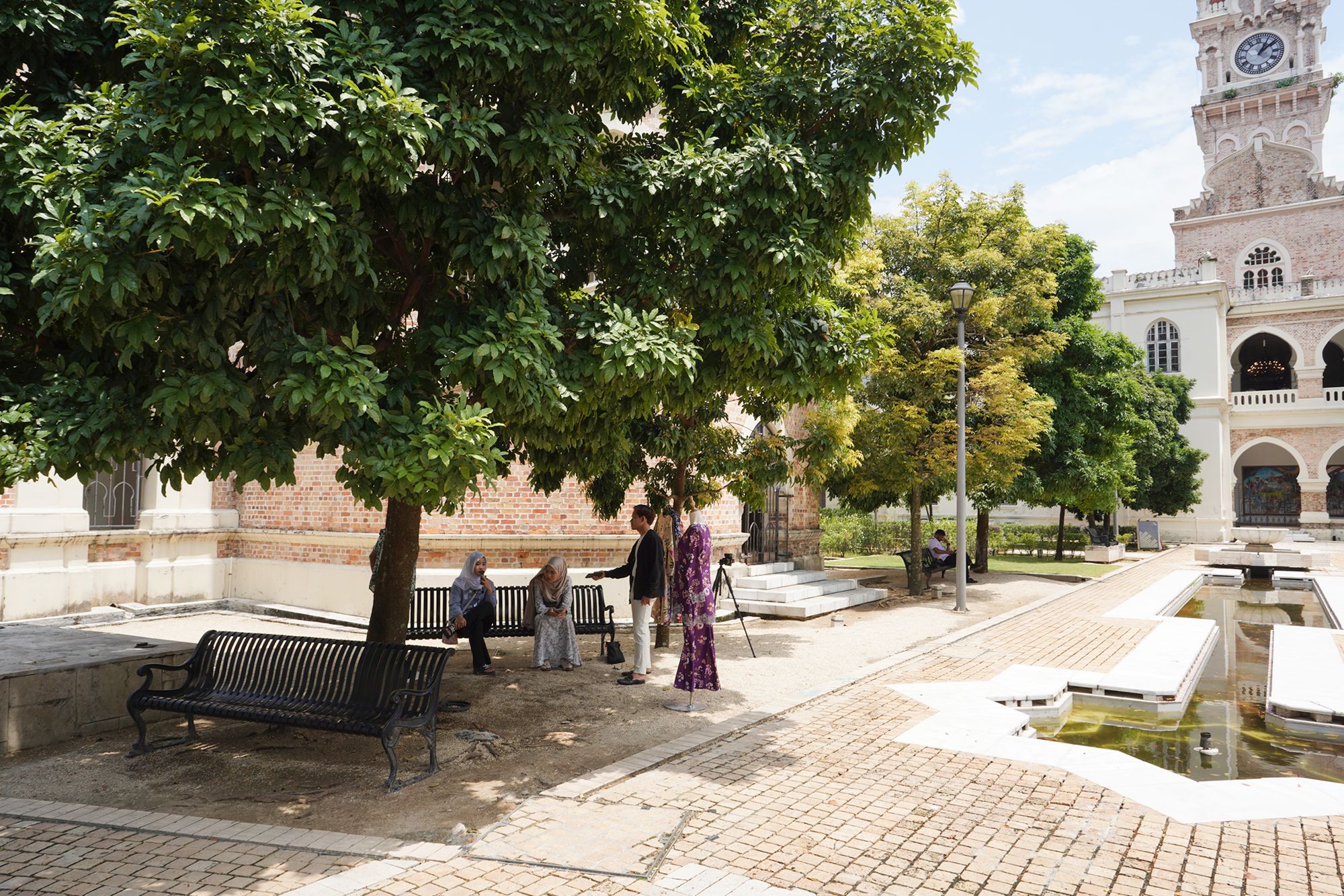
Built in 1897, during the British colonial period, the Sultan Abdul Samad Building originally housed the offices of the British administration in Malaya.
It was named after Sultan Abdul Samad, the reigning sultan of the state of Selangor at the time of its construction.


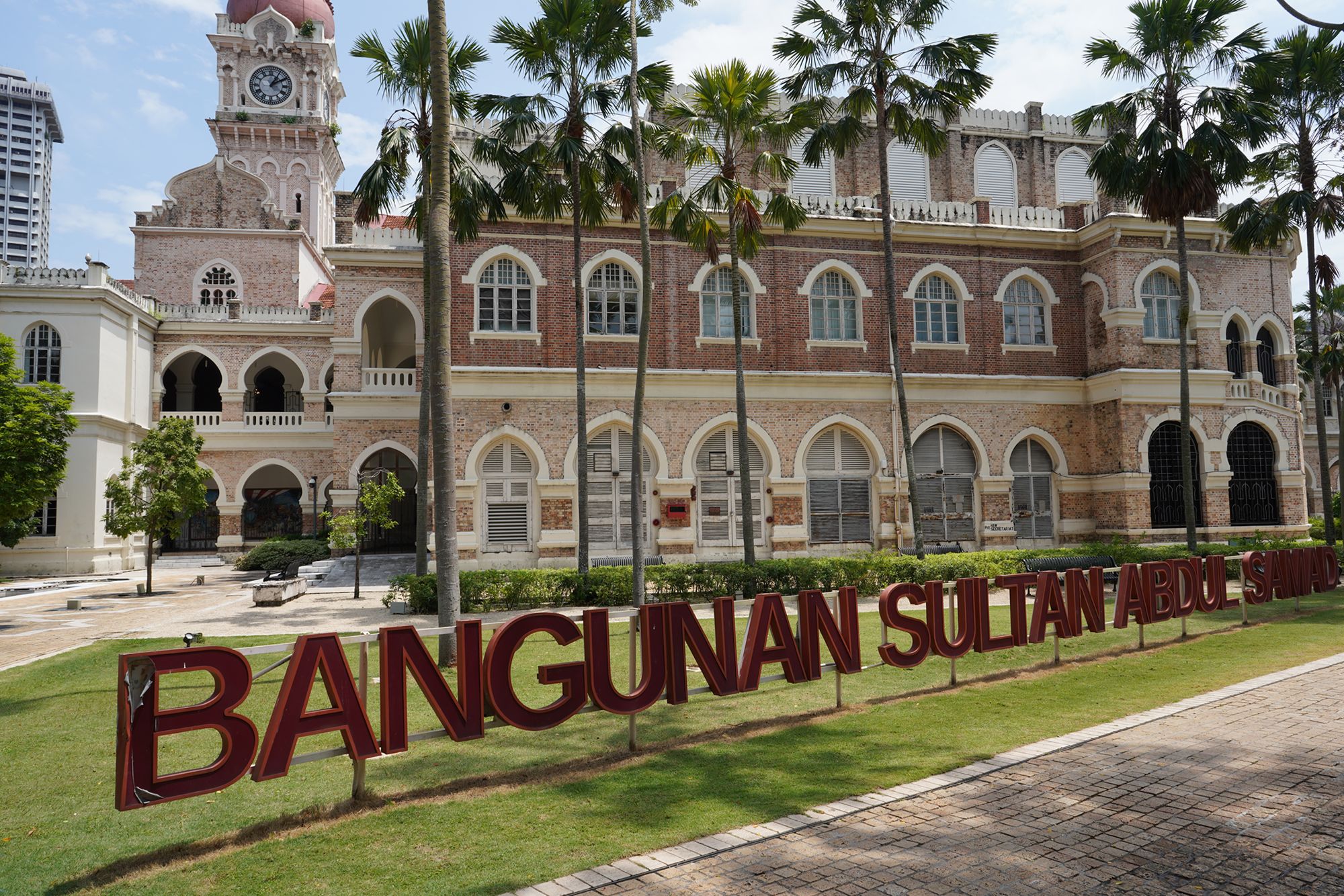
The building has witnessed many significant events in Malaysian history, including the declaration of independence in 1957 and the raising of the Malaysian flag for the first time at Merdeka Square, located directly in front of the building.
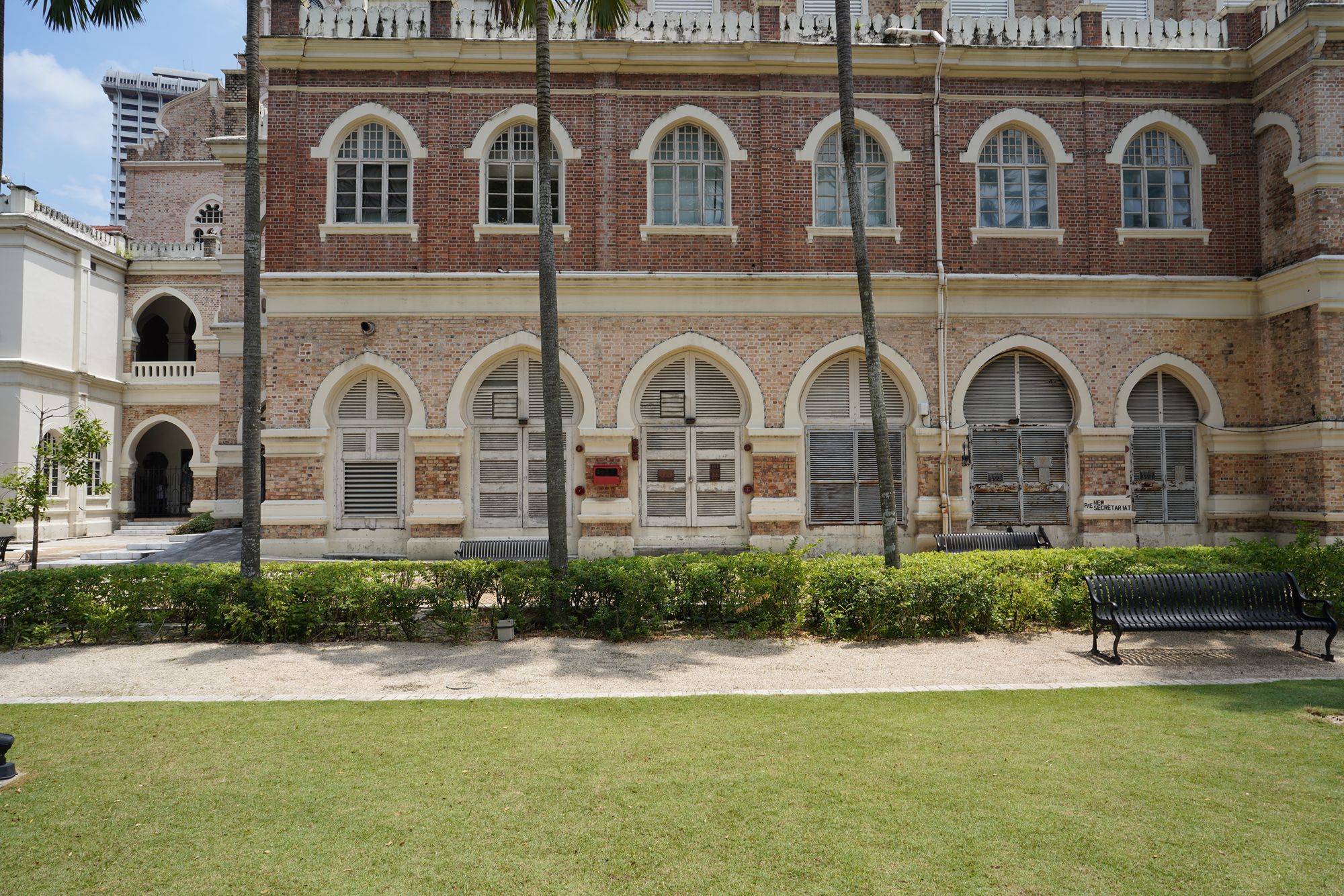
This is the end of the building

The Sultan Abdul Samad Building was designed by British architects A.C. Norman and R.A.J. Bidwell, who incorporated Indo-Saracenic, Mughal, and Moorish architectural elements. This blend of styles is what makes the building stand out, particularly its domes and arches.
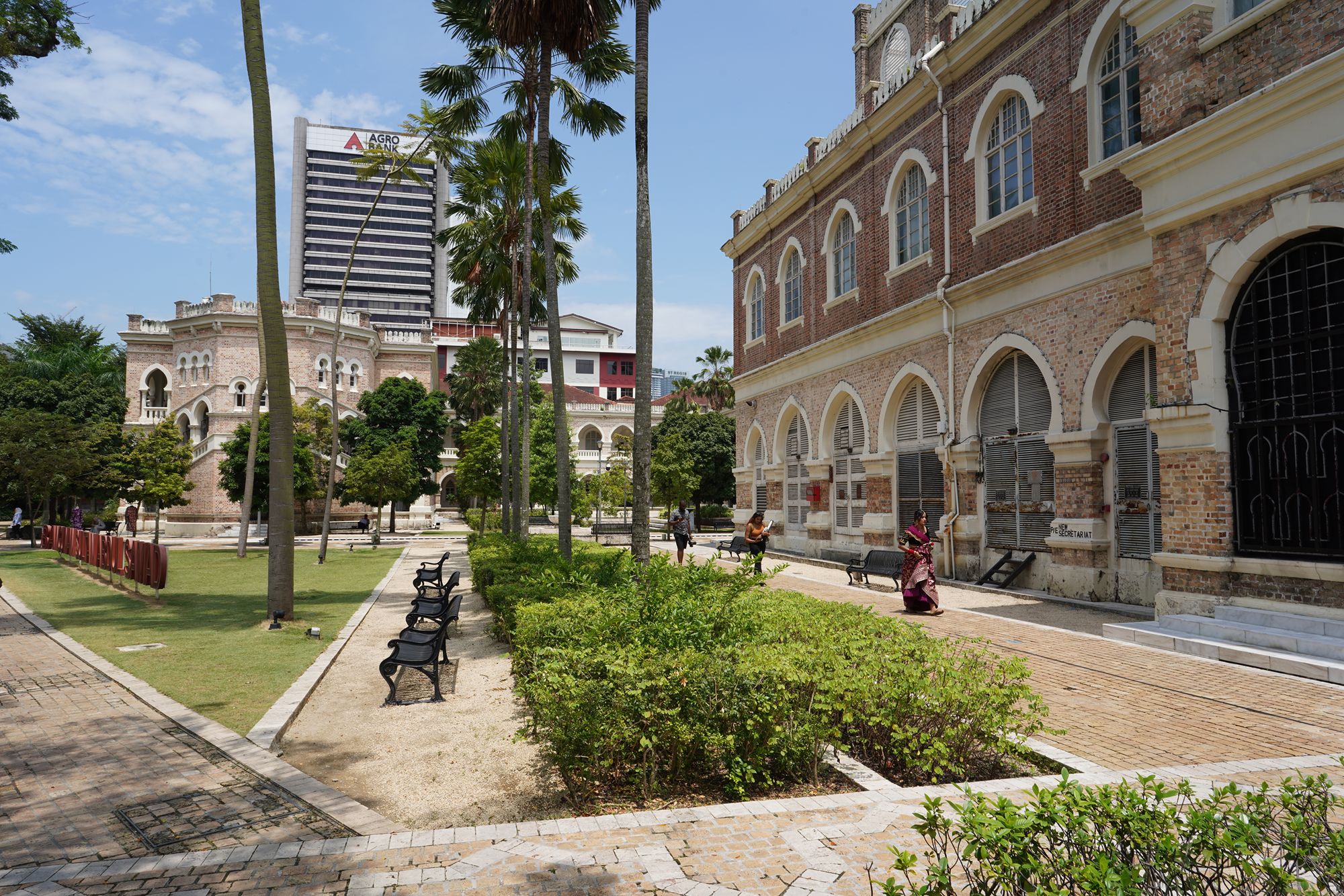
In its early years, the Sultan Abdul Samad Building housed the Supreme Court of Malaysia, the High Court, and several other administrative offices.

Today, it houses the Ministry of Communications and Multimedia and the Ministry of Tourism and Culture of Malaysia.

Across the road is the Merdeka Square
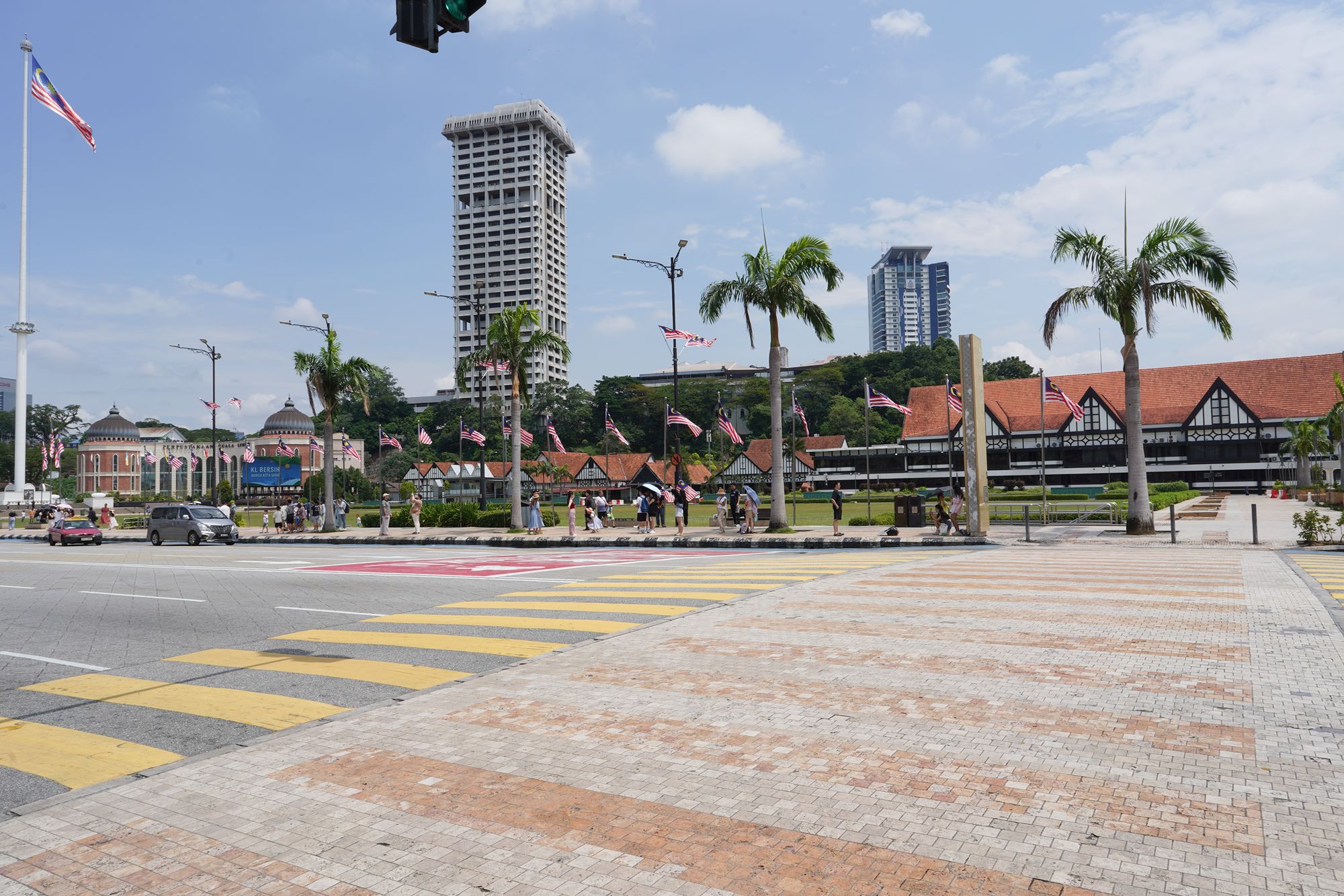

On the opposite side is this bridge on the river






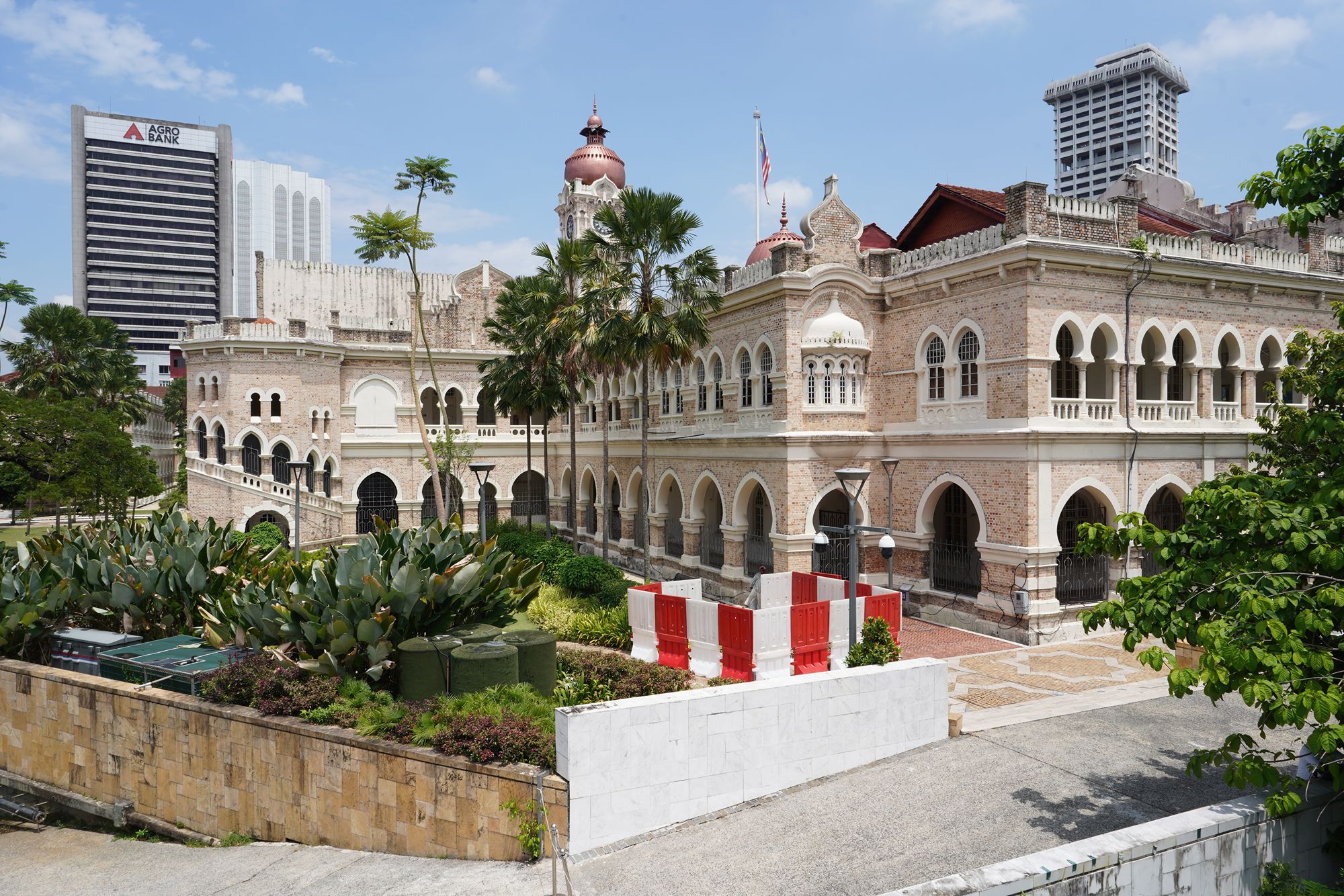
Came back to the Merdeka Square side

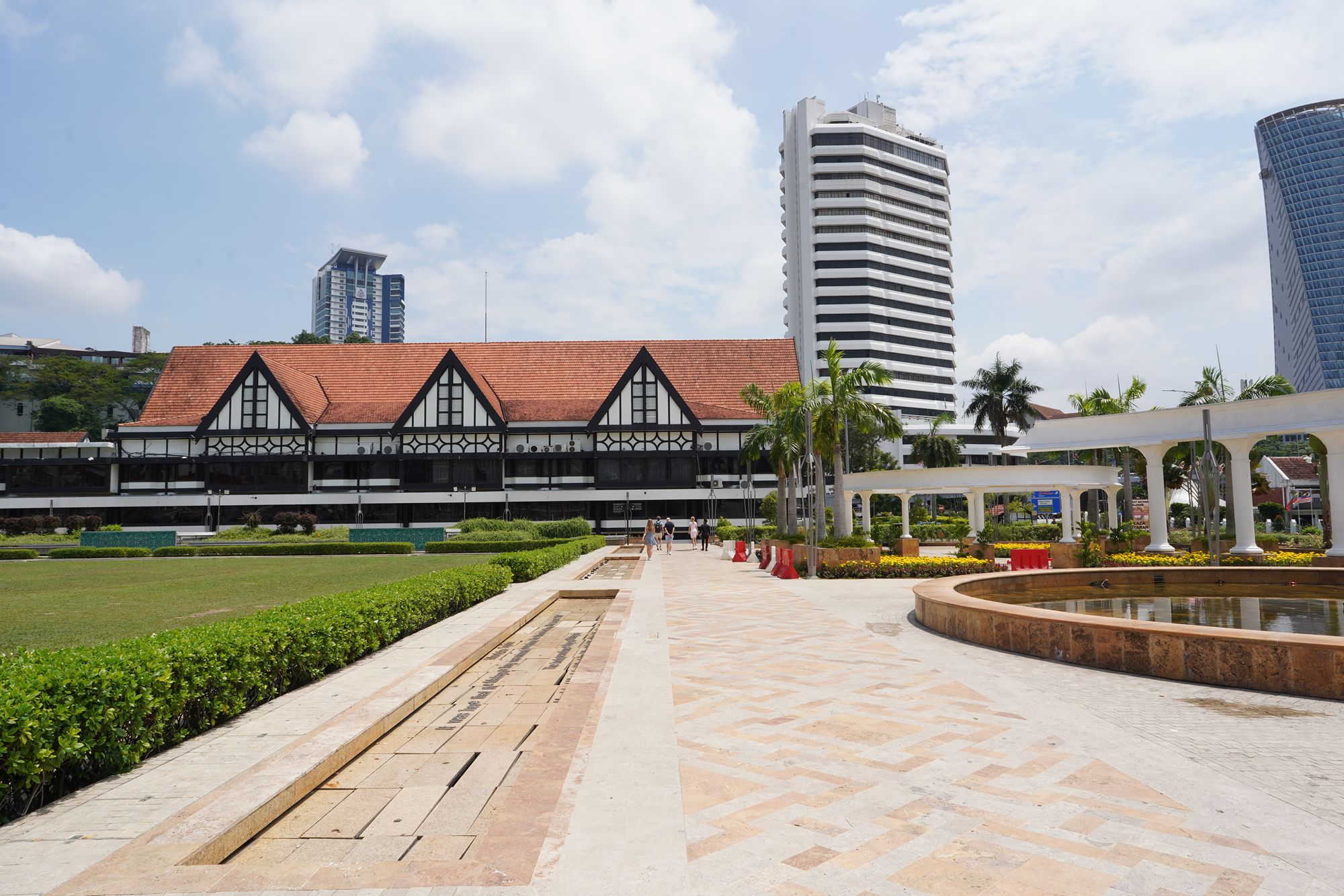
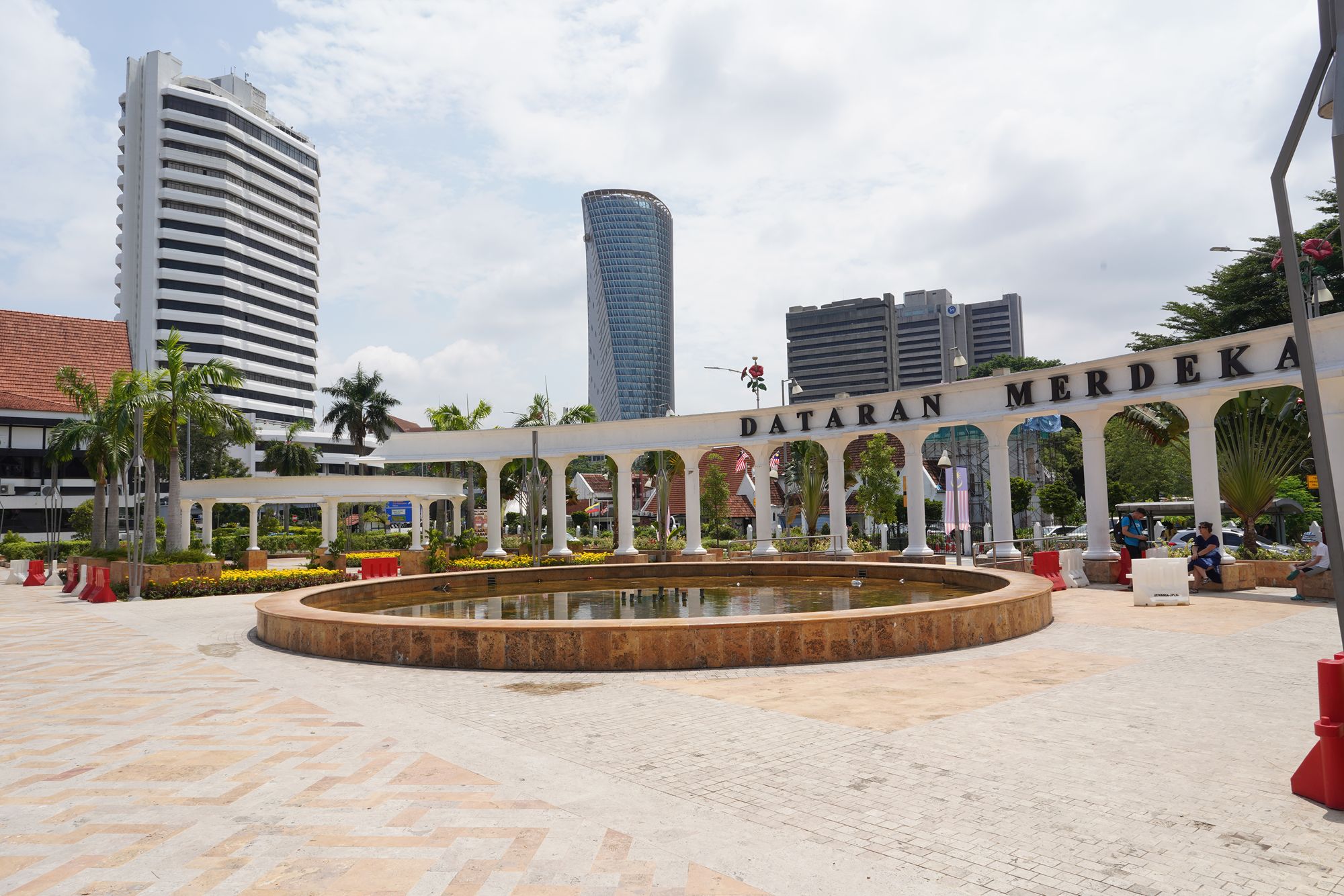
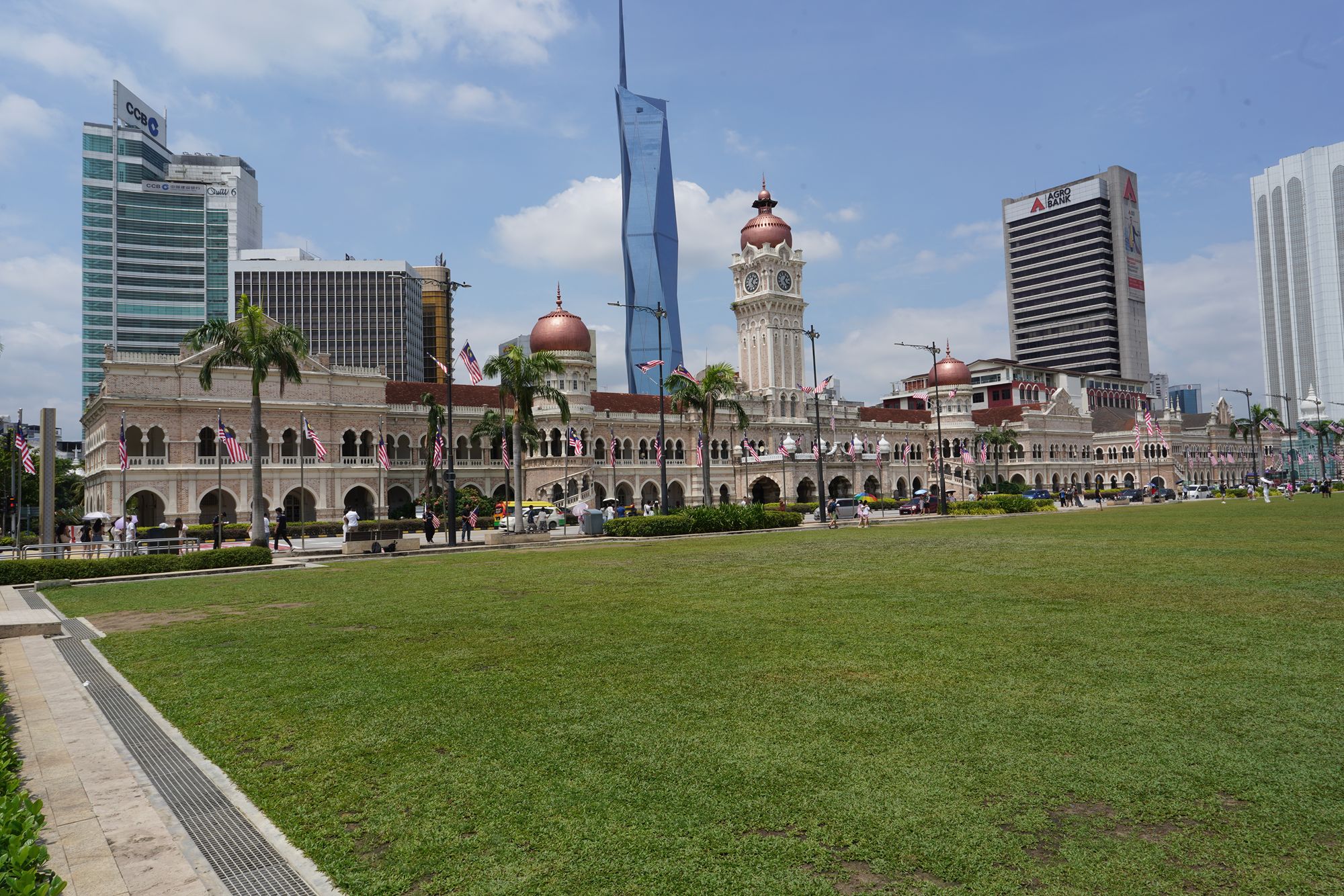
Merdeka Square is best known as the place where the Union Jack was lowered and the Malaysian flag was raised for the first time at midnight on August 31, 1957, marking Malaysia’s independence from British colonial rule. This event is celebrated annually as Hari Merdeka (Independence Day).

Since then, Merdeka Square has been the center for national celebrations, especially the Merdeka Day Parade, which is held annually on August 31 to commemorate Malaysia’s independence.




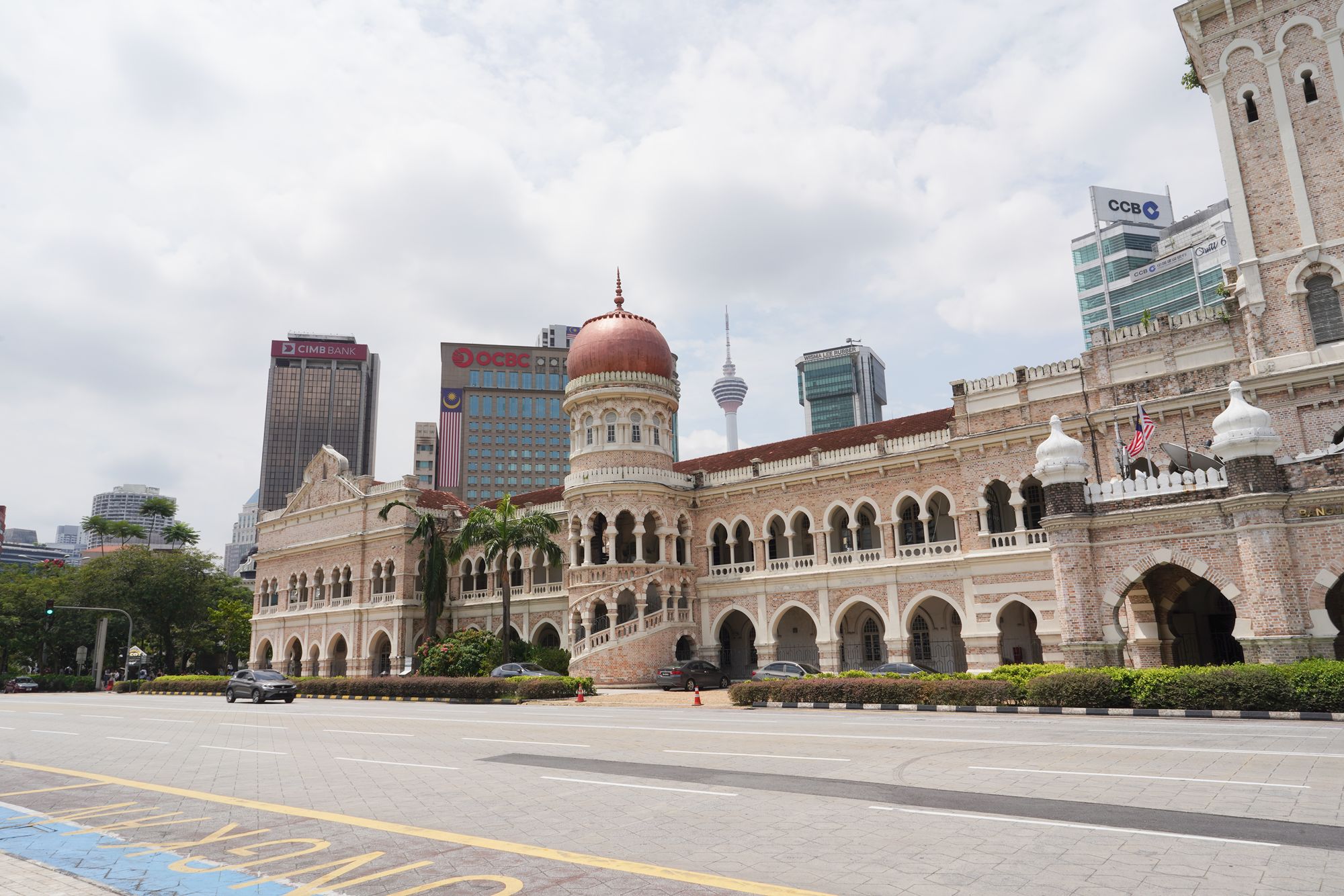





Another colonial government building next to the park. It is now used as the National Textiles Museum.

One more look of Sultan Abdul Samad Building


Nearby Central Market, a cultural heritage site with a restored art deco facade offering shopping, eateries & an outdoor stage.



Then walked to the Petaling Street Market





The Petaling Street Market. Petaling Street Market is often referred to as Kuala Lumpur’s “Chinatown,” and it has been a central hub for Chinese culture and commerce for over a century.

The market is famous for its wide array of bargain goods, including clothes, bags, shoes, watches, and electronics. Many of the items sold here are counterfeit versions of branded products, which has earned the market its reputation as a hotspot for inexpensive, trendy shopping.




Guan Di Temple in Chinatown. Guan Di Temple is one of the most revered Taoist temples in the city. It is dedicated to Guan Di (also known as Guan Yu), a historical figure from the Three Kingdoms period in China, who is widely regarded as the God of War, loyalty, and righteousness in Chinese culture.

Built in 1888, Guan Di Temple is one of the oldest temples in Kuala Lumpur, reflecting the strong Chinese influence in the city’s history and cultural landscape.


The temple holds great significance for the local Chinese community, who visit it regularly to offer prayers and seek blessings from Guan Di, as well as other deities enshrined there.

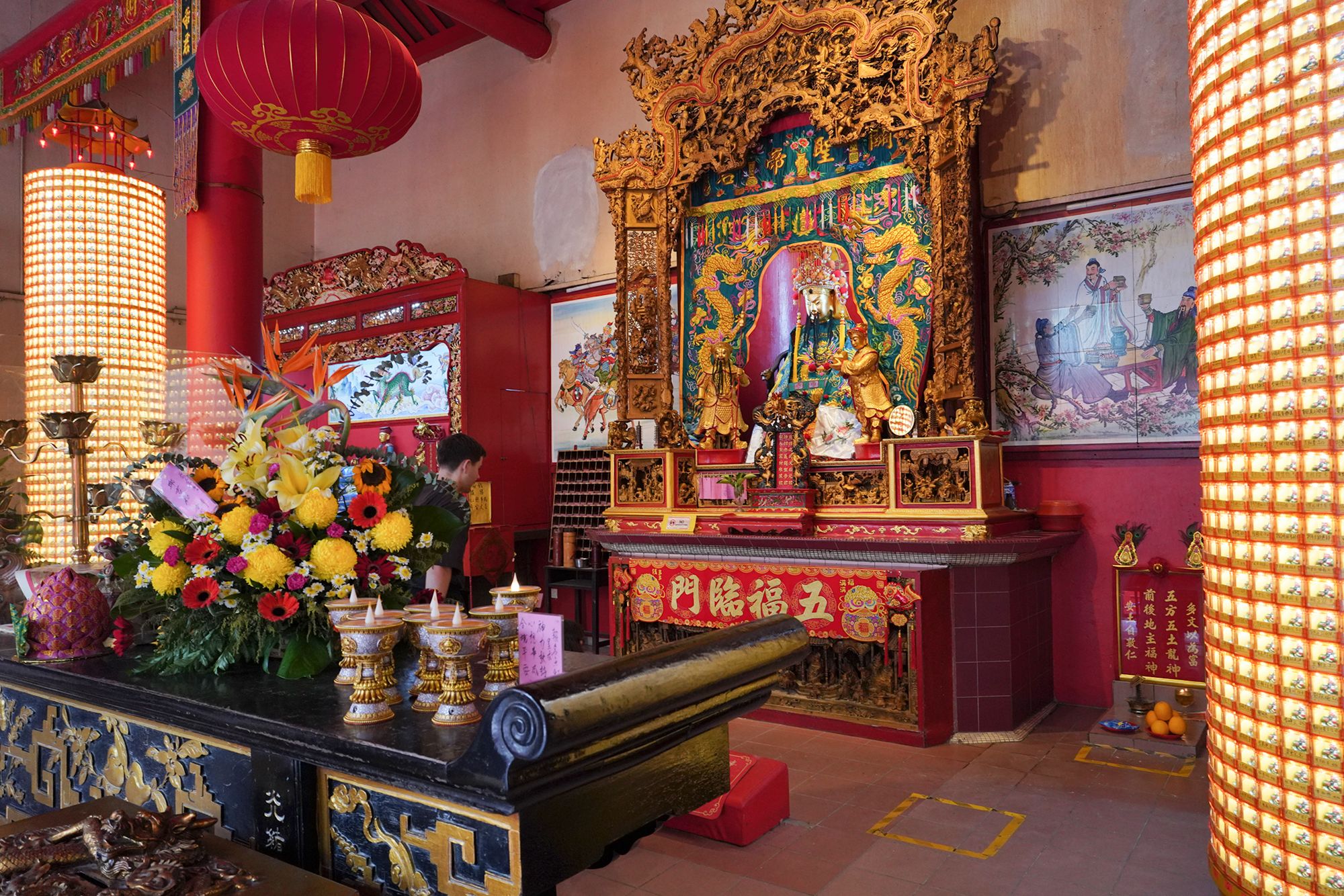
Near the Guan Di Temple is the Sri Maha Mariamman Hindu Temple

Founded in 1873, the temple was originally built as a private family shrine by a prominent South Indian family, the Pillai family. It was opened to the public in the 1920s, serving the growing Indian community in Kuala Lumpur.

The temple is dedicated to Sri Maha Mariamman, a manifestation of the goddess Parvati, who is considered the mother goddess in Hinduism and the protector of the people. Mariamman is traditionally worshipped as the goddess who safeguards people from illnesses, particularly smallpox, and disasters.

The temple’s architecture is a magnificent example of South Indian Dravidian style. Its most striking feature is the gopuram, a towering gateway adorned with intricate sculptures of Hindu deities, mythological figures, and symbols.



The building in front is the Menara Warisan Merdeka Tower, a 118-story mega-tall skyscraper. At 678.9 m tall, it is the second-tallest building and structure in the world, only behind the Burj Khalifa, at 828 m.

Walked to the last destination, Kwai Chai Hong.

Kwai Chai Hong, which means “Little Ghost Lane” in Cantonese, was once a neglected alleyway in Kuala Lumpur’s old Chinatown. The area was originally known for its connection to Chinese immigrants and was part of the city’s bustling commercial and residential hub in the early 20th century.

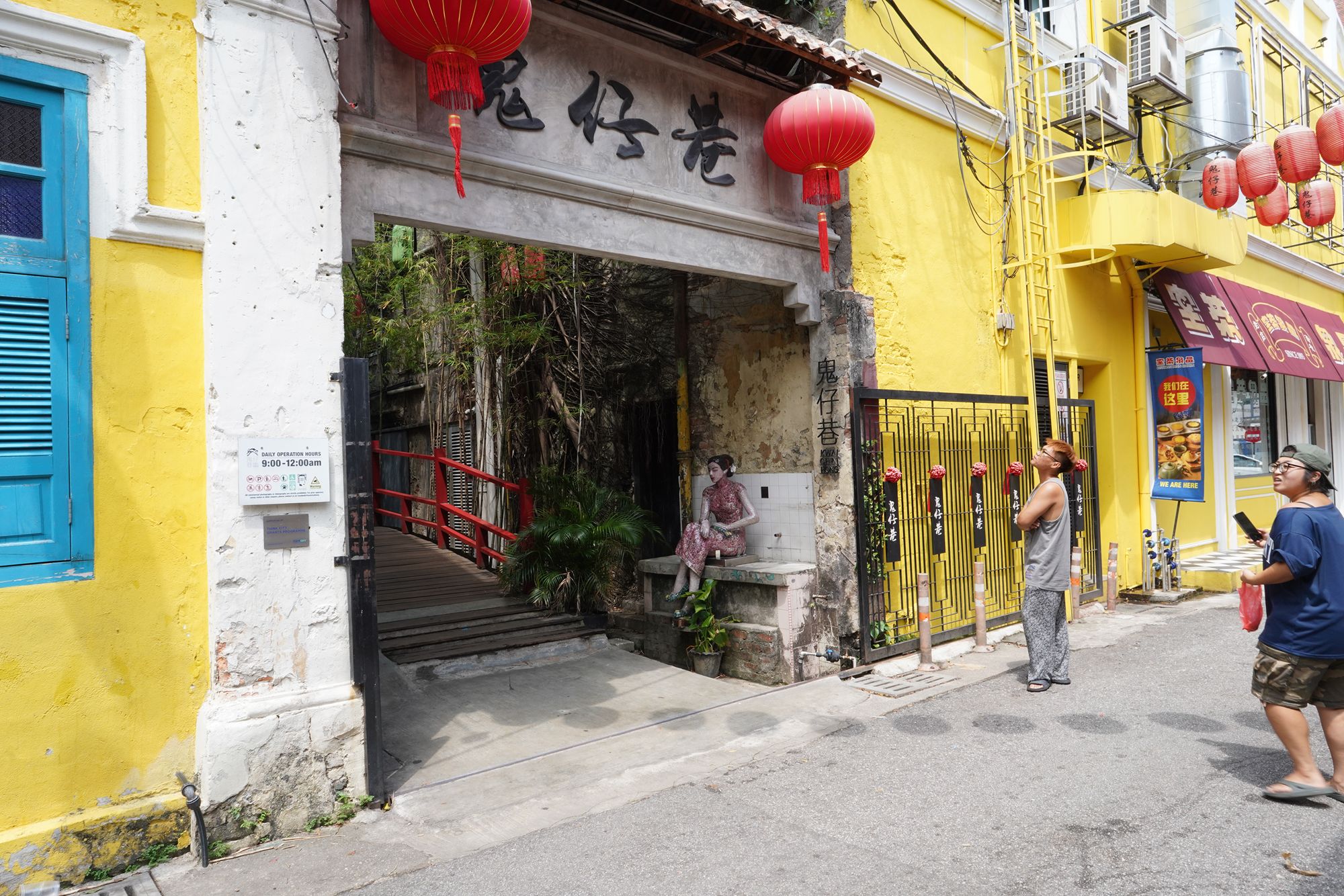
Over time, Kwai Chai Hong had fallen into disrepair. However, in 2019, it underwent a major restoration project, turning the alleyway into a cultural hotspot that celebrates the history of Kuala Lumpur’s Chinese community.





The alley is adorned with vivid murals that depict life in Chinatown during the 1960s. The murals, painted by local artists, capture various scenes of daily life in old Chinatown, including children playing, traditional Chinese opera, and shopkeepers going about their work.


